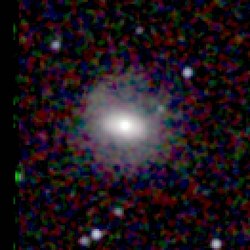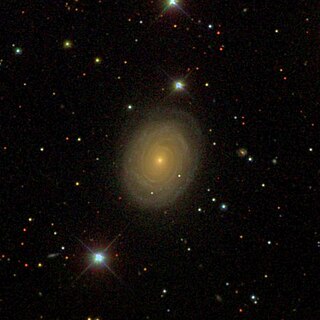
NGC 7001 is an intermediate spiral galaxy located about 300 million light-years away in the constellation Aquarius. NGC 7001 has an estimated diameter of 106,000 light-years. It was discovered by English astronomer John Herschel on July 21, 1827 and was also observed by Austrian astronomer Rudolf Spitaler on September 26, 1891.
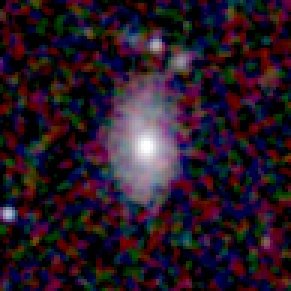
NGC 7301 is a barred spiral galaxy located around 308,000,000 light-years (94,000,000 pc) away from Earth in the constellation Aquarius. It was discovered by American astronomer Francis Preserved Leavenworth In 1886.

NGC 7302 is a lenticular galaxy located around 124 million light-years away from Earth in the constellation of Aquarius. NGC 7302 was discovered by British astronomer William Herschel on October 3, 1785 and was rediscovered by American astronomer Lewis Swift on August 8, 1896 and was listed in the IC catalogue as IC 5228. It is also part of a group of interacting galaxies.

NGC 7010 is a massive elliptical galaxy located about 365 million light-years from Earth in the constellation Aquarius. NGC 7010 was discovered by astronomer John Herschel on August 6, 1823, and was later listed by French astronomer Guillaume Bigourdan as IC 5082.
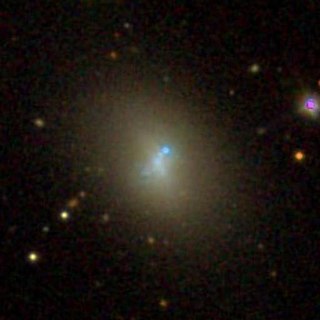
NGC 7077 is a lenticular blue compact dwarf galaxy located about 56 million light-years away from Earth in the constellation Aquarius. Discovered by astronomer Albert Marth on August 11, 1863, the galaxy lies within the Local Void.

NGC 7047 is an intermediate spiral galaxy located about 270 million light-years away in the constellation of Aquarius. NGC 7047 is also classified as a LINER-type galaxy. NGC 7047 has an estimated diameter of 127,350 light years. It was discovered by French astronomer Édouard Stephan on August 20, 1873. In 2009 a supernova was found in NGC 7047.
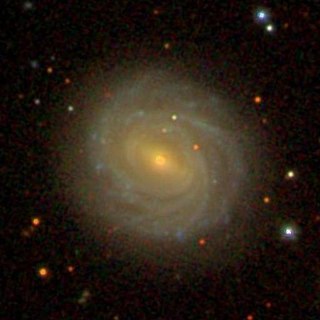
NGC 7056 is a barred spiral galaxy located about 225 million light-years away in the constellation of Pegasus. NGC 7056 was discovered by astronomer Albert Marth on September 17, 1863. It was then rediscovered by astronomer Truman Henry Safford on September 29, 1866.
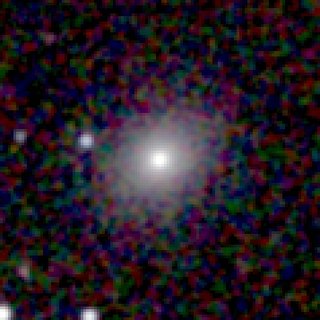
NGC 7057 is an elliptical galaxy located about 230 million light-years away in the constellation of Microscopium. NGC 7057 was discovered by astronomer John Herschel on September 2, 1836.

NGC 7059 is a nearby spiral galaxy located about 70 million light-years away in the constellation of Pavo. NGC 7059 was discovered by astronomer John Herschel on July 22, 1835.
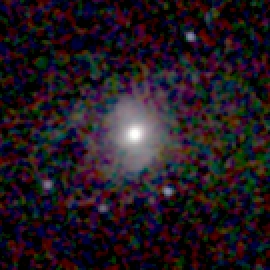
NGC 7060 is an intermediate spiral galaxy located about 200 million light-years away in the constellation of Microscopium. The spiral arms of NGC 7060 appear to overlap. NGC 7060 was discovered by astronomer John Herschel on September 2, 1836.

NGC 7061 is an elliptical galaxy located about 400 million light-years away in the constellation of Indus. NGC 7061 was discovered by astronomer John Herschel on September 30, 1834.
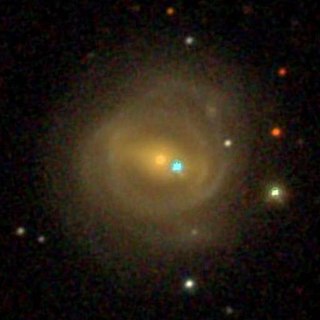
NGC 7065 Is a barred spiral galaxy located about 320 million light-years away in the constellation of Aquarius. NGC 7065 is part of a pair of galaxies that contains the galaxy NGC 7065A. NGC 7065 was discovered by astronomer Albert Marth on August 3, 1864.

NGC 7066 is a spiral galaxy located about 210 million light-years away in the constellation of Pegasus. NGC 7066 was discovered by astronomer Lewis Swift on August 31, 1886.

NGC 7069 is a lenticular galaxy located about 400 million light-years away in the constellation of Aquarius. NGC 7069 is also classified as a LINER galaxy. NGC 7069 was discovered by astronomer Albert Marth on October 12, 1863.
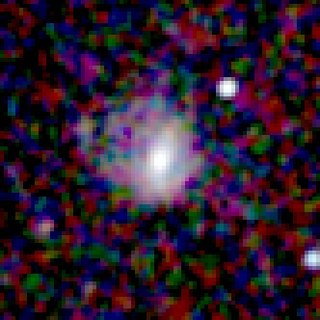
NGC 7072 is a spiral galaxy located about 210 million light-years away in the constellation of Grus. NGC 7072 was discovered by astronomer John Herschel on September 5, 1834.

NGC 7073 is a spiral galaxy located about 230 million light-years away in the constellation of Capricornus. NGC 7073 was discovered by astronomer Albert Marth on August 25, 1864.

NGC 7074 is an edge-on lenticular galaxy located about 140 million light-years away in the constellation of Pegasus. NGC 7074 was discovered by astronomer Albert Marth on October 16, 1863.

NGC 7081 is a spiral galaxy located about 130 million light-years away in the constellation of Aquarius. NGC 7081 was discovered by astronomer William Herschel on October 10, 1790.
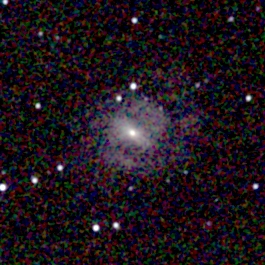
NGC 7095 is a barred spiral galaxy located about 115 million light-years away in the constellation of Octans. NGC 7095 was discovered by astronomer John Herschel on September 21, 1837.
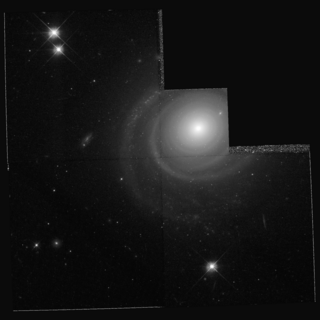
NGC 7096 is a grand-design spiral galaxy located about 130 million light-years away in the constellation of Indus. NGC 7096 is also part of a group of galaxies that contains the galaxy NGC 7083. NGC 7096 was discovered by astronomer John Herschel on August 31, 1836.
